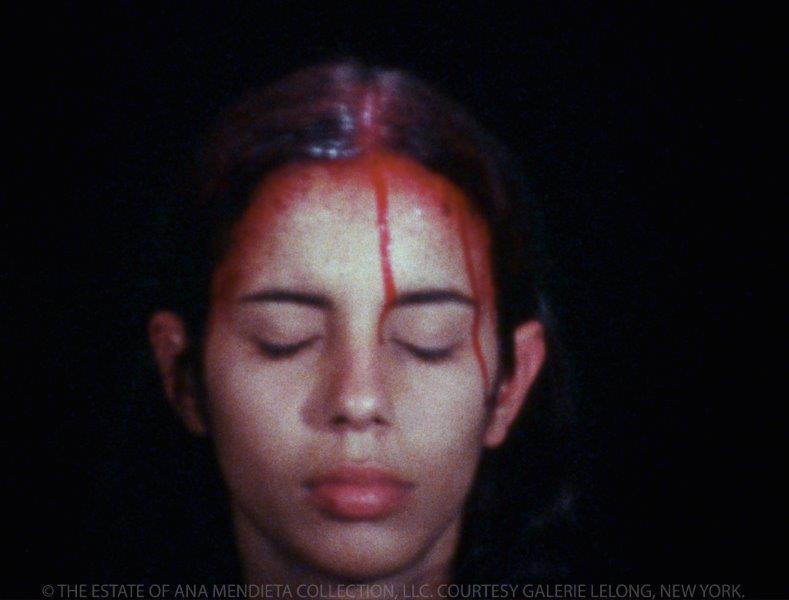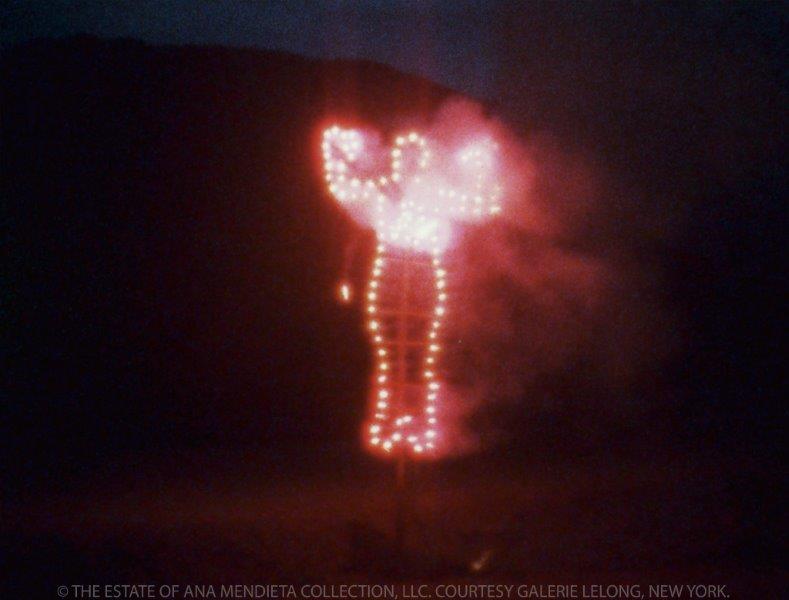


Ana Mendieta.
Image: Wikipedia.
Ana Mendieta was a performance artist and a sculptor, a photographer and a painter. She was a theorist and a feminist who used her body to connect with the universe. She was a 12-year-old girl who was sent to the US as part of an initiative to get children out of Castro-ruled Cuba. She remains the victim of a tragic and premature death.
What has often been forgotten in her story is that Mendieta was also the creator and director of more than 100 films. Some archived her ephemeral works, but others exist on their own.
This month, the first show dedicated to the artist’s filmworks,“Covered in Time and History: The Films of Ana Mendieta,” opened at the Katherine E. Nash Gallery at the University of Minnesota, Minneapolis. It is a collection of 21 films and 26 related photographs.
“In 1978 I first saw an example of Mendieta’s work in the journal Heresies and it changed my life,” gallery director Howard Oransky writes in an email to artnet News.

Ana Mendieta, Sweating Blood (1973) Super 8 film, color, silent.
Image: Katherine E. Nash Gallery.
From 1971-1981, Mendieta was in a period of intense growth, and she became bolder, invoking an elemental existence that was larger than the self alone. Her works often used the four elements: earth, water, air and fire. In her 1974 piece, Creek, the artist merges her nude body with the water in a small pool; in Sweating Blood, a response to the sexual assault and killing of University of Iowa student Sarah Ann Ottens, blood runs from the artist’s hairline down onto her forehead, nose and cheeks.
“We know now that the images of blood that are typically presented as emblematic of her filmworks account for a small fraction of her overall filmic production,” Oransky writes.

Ana Mendieta, Creek (1974) Super 8 film, color, silent.
Image: Katherine E. Nash Gallery.
After growing up in Miami. Mendieta eventually settled in New York, first making her way to the city in 1978. She immediately joined A.I.R. Gallery, a space for female artists; however, her relationship to Cuba stayed with her through the years.
“One of the films made in Cuba is now shown publicly for the first time in this exhibition—it was discovered by the estate as research neared completion on the catalogue,” Oransky writes.
Her concern for the body and our relationship to nature and ephemera can be seen in younger artists’s works, such as the photographs of Francesca Woodman, and also directly through the work of Elise Rasmussen, whose Variations concern the last night of Mendieta’s life, when she fell to her death after an argument with her husband, the artist Carl Andre. “Ana dies and dies and dies every time her story is mentioned, but her life, the incredibly strong, clear, focused, ambitious life she lived, becomes a footnote,” Haley Mlotek writes in the New Inquiry. This exhibition remedies this fractured past, so that the artist can be more than her tragedy.
“My art is grounded in the belief of one universal energy which runs through everything: from insect to man, from man to spectre, from spectre to plant from plant to galaxy,” Mendieta said.

Ana Mendieta, Anima, Silueta de Cohetes (Firework Piece) (1976) Super 8 film, color, silent.
Image: Katherine E. Nash Gallery.
“Covered in Time and History: The Films of Ana Mendieta,” is on view at the Katherine E. Nash Gallery from September 15 – December 12, 2015.
Follow Artnet News on Facebook:
Want to stay ahead of the art world? Subscribe to our newsletter to get the breaking news, eye-opening interviews, and incisive critical takes that drive the conversation forward.







